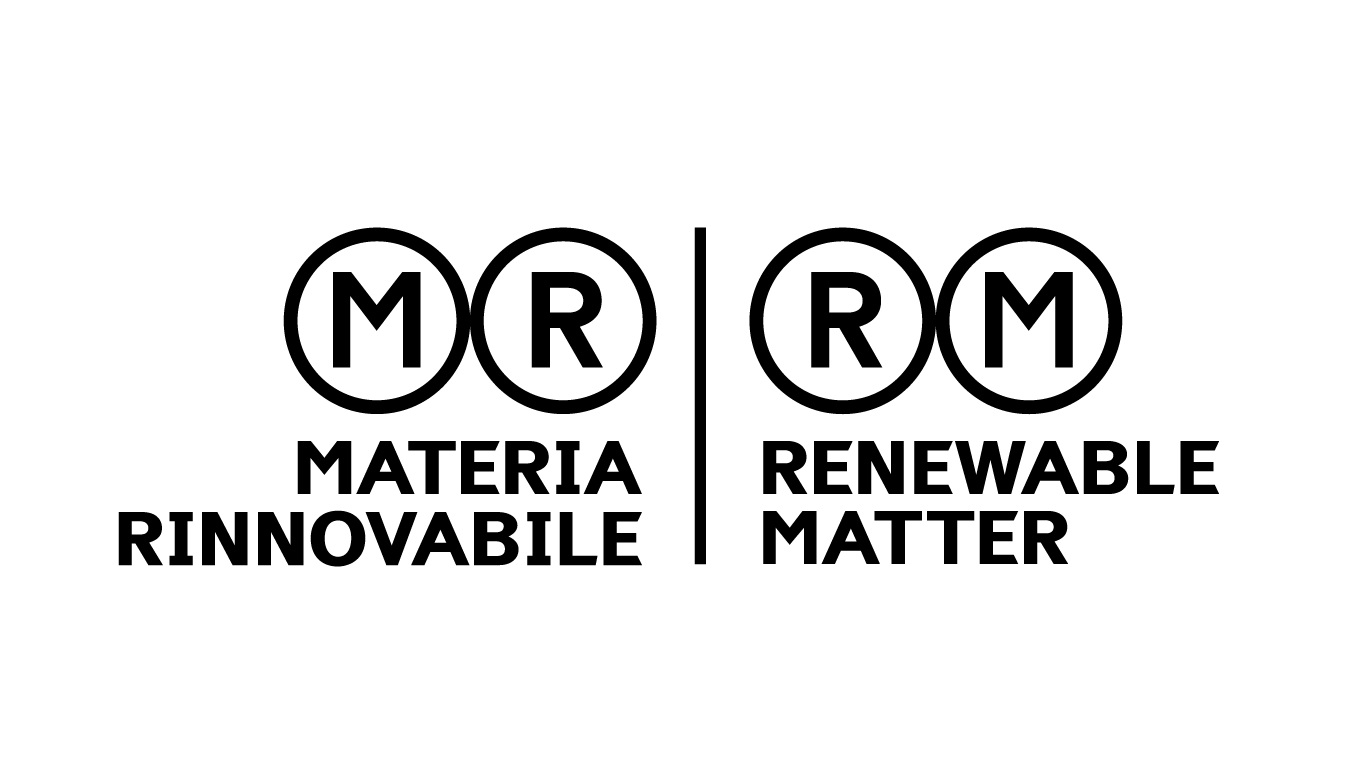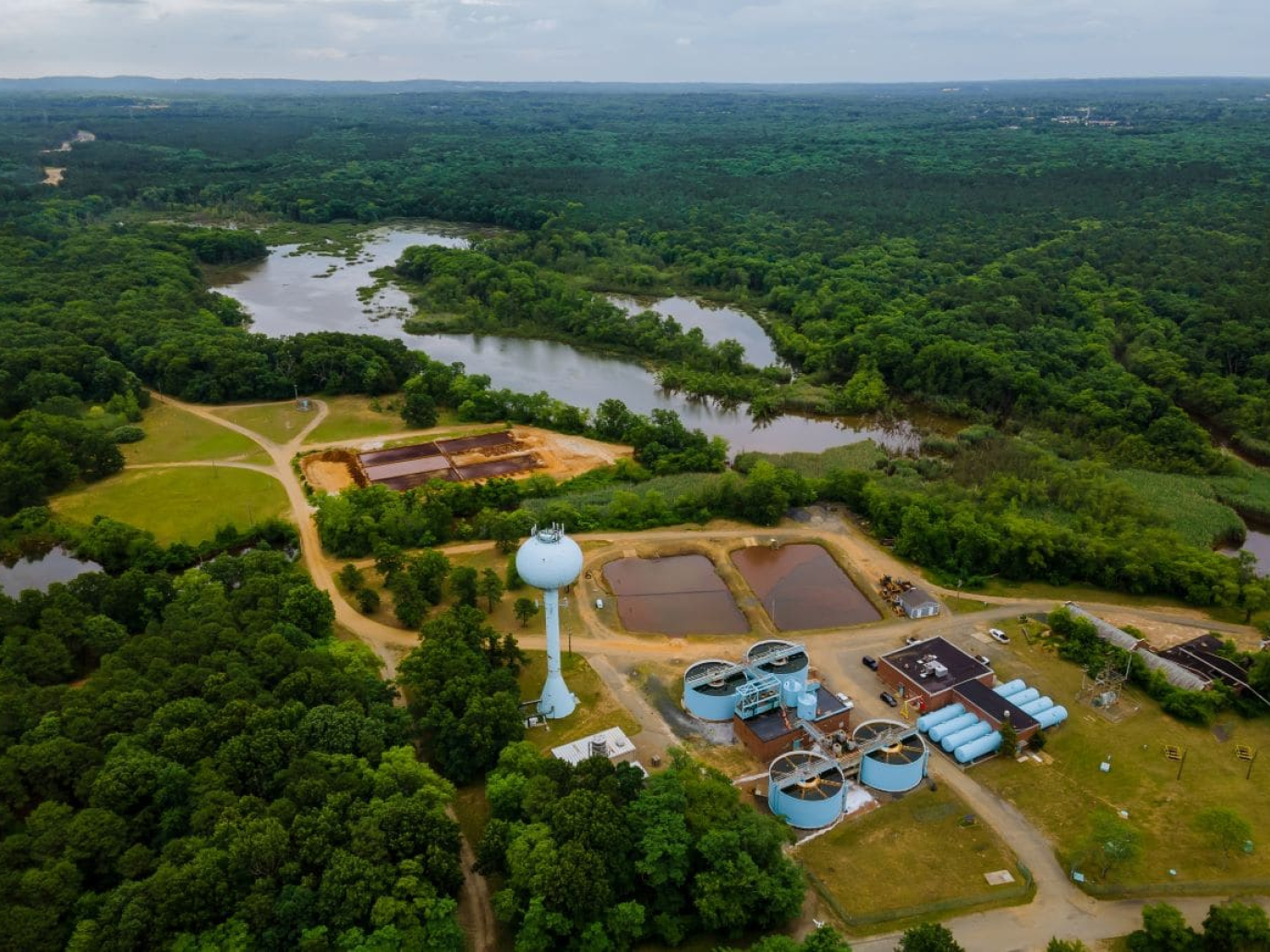With the administration change at the White House, the fight against PFAS (per- and polyfluoroalkyl substances) — dubbed “forever chemicals” for their enduring presence in the environment and human tissues — has already come to a halt. In his first days in office, President Donald Trump signed an executive order “freezing” any new federal regulations pending review.
Despite the historical progress made by the Environmental Protection Agency (EPA) under the Biden administration, the suspension has effectively derailed a recent proposal from the Agency to impose stricter limits on PFAS in industrial wastewater. Trump’s intervention marks the culmination of a Republican offensive, started in the autumn, aimed at shielding PFAS producers from new regulatory burdens. A step backward that now threatens to further weaken the Clean Water Act, potentially involving key regulations against other toxic substances, such as lead.
On the 21st of January 2025, the US Office of Management and Budget (OMB) withdrew the EPA's proposal for industrial PFAS emissions standards in wastewater, in line with Trump’s executive order freezing new regulations pending review. Notably, the EPA proposal had yet to be finalised — unlike the recently established limits on drinking water. This distinction is worth emphasising, as several media outlets have blurred the lines between the two, as highlighted by the Association of State Drinking Water Administrators in a statement: “Some news outlets are confusing this withdrawal of the PFAS ELG proposed rule with the PFAS National Primary Drinking Water Regulation (NPDWR) that was finalised in April 2024. For clarification, the PFAS drinking water rule has not been withdrawn. However, the PFAS ELG rule would have helped protect drinking water sources.”
Effluent Limitations Guidelines (ELGs) are national regulations that establish limits on industrial wastewater in surface waters and public treatment facilities. They are “based on the best available technology” and aim to reduce pollution as much as possible “without harming businesses economically”. Under the Clean Water Act, the EPA is required to review and update these guidelines every two years, following a public consultation process.
The Republican offensive
Between 71 and 95 million people in the United States may rely on groundwater containing detectable levels of PFAS, according to a US Geological Survey study published on the 24th of October 2024. As the first assessment of its kind, the research provided national estimates of PFAS occurrence in untreated water supplying both public and private wells, underscoring the widespread exposure of the population to this contamination. The EPA’s proposal sought to address one source of this pollution — industrial wastewater — by targeting 13 sites initially identified in a preliminary agency study conducted in 2021.
In early 2024, the EPA took significant strides in tackling the PFAS crisis, introducing legally binding limits on certain compounds in drinking water for the first time. The agency also designated PFOA and PFOS — two of the most common PFAS — as hazardous substances under the Superfund Act and allocated 9 billion dollars for their removal.
However, by the autumn of 2024, Republicans had launched an offensive against these measures, criticising their financial burden on industry and opposing the EPA’s new proposed limits. As reported by The Guardian, Republican House leaders specifically challenged the agency’s policies on scientific integrity — which are designed to shield researchers and their work from political interference — in a letter to EPA administrator Michael Regan. Later, at the end of November 2024, Republican Senator Shelley Moore Capito also raised concerns over the EPA’s approach.
First PFAS, now it will be the turn of lead?
“State regulators have waited for the federal government to lead on this issue so they can incorporate effective monitoring and treatment requirements into their discharge permits. Without federal limits, those efforts remain stalled,” stated Melanie Benesh, vice president for government affairs at the Environmental Working Group, who had estimated nearly 30,000 industrial sites in the US as potential sources of PFAS contamination using data from the 2021 EPA study.
The decision to freeze PFAS regulations sets a dangerous precedent, that threatens to put the health of millions of Americans at risk. Reinforcing this trend is a joint resolution submitted to Congress on the 13th of January, that “would repeal a key Biden administration water safety rule requiring the replacement of all toxic lead water pipes in most communities across the country within a decade,” according to Food & Water Watch. “This resolution will likely have to be reintroduced for procedural reasons. Repeal of this strong public health standard has been identified as a top priority by Republican Congressional leaders.”
The water crisis in Flint, Michigan — where thousands were exposed to lead contamination—has already laid bare the devastating consequences of negligent water management. Yet, while that disaster was a watershed moment in the debate on water security in the United States, it seems its lessons have yet to be fully heeded.
This article is also available in Italian / Questo articolo è disponibile anche in italiano
Cover: Envato image



